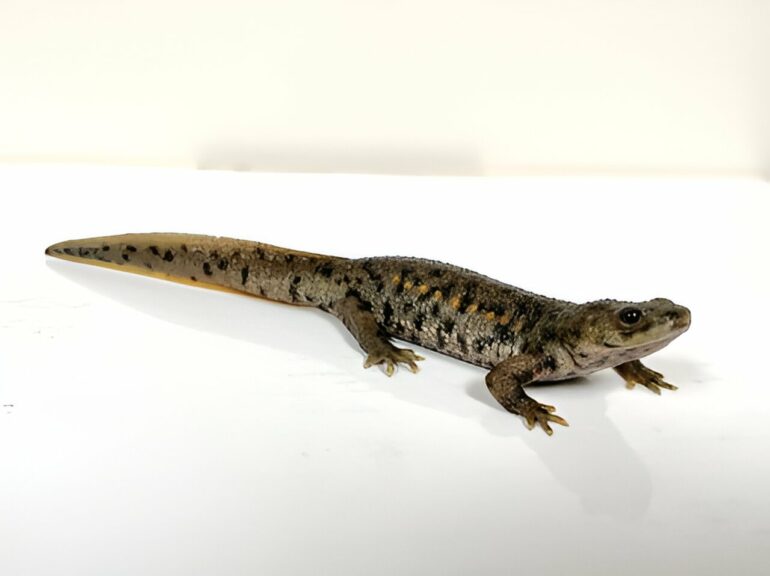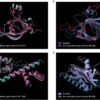Throughout the animal kingdom, several species have the ability to regenerate body parts after cuts or damage. Lizards can regrow their tails, salamanders can regrow arms and legs, certain flatworms can even regrow their entire heads. But humans do not have the ability to regenerate damaged body parts. Why?
To answer this question, researchers first need to know about the evolutionary history of regeneration. Is regeneration an ancient trait that our animal ancestors shared and many species simply lost the ability over time? Or, did regeneration evolve in different species independently, similarly to how insects and birds independently evolved the ability to fly?
A new study examines the genomes of five different animal species—axolotl, zebrafish, sea anemones, sea sponges, and sea cucumbers—that all have the ability to regenerate, but are evolutionarily distinct (counterintuitively, the sea creatures are not very closely related). Using a common technique called RNA-seq, the researchers used publicly available datasets that captured snapshots of gene activity, also known as expression, in samples of regenerating tissue.
However, they found that these snapshots were insufficient to determine if there were shared genes for regeneration. While there were genes that were shared, they were for basic cellular processes, like cell division.
The research is published in the journal Genome Biology and Evolution.
Biologists have previously identified genes that are important for regeneration, such as those in the Wnt family. However, the species examined in the study each used slightly different combinations of various Wnt genes, making it impossible to pin down a shared set of Wnt that could indicate a common regenerating ancestor.
The work suggests a need for a deeper understanding of the complex developmental processes underlying regeneration.
“We’re arguing that RNA-seq is not good enough on its own to identify conserved processes across distantly related things,” says senior author David Gold, a former Caltech postdoctoral scholar and now associate professor at UC Davis. “Regeneration could be a conserved process at other levels, like the cellular level rather than the genetic. To really resolve whether there is anything ancient and conserved in these organisms is going to require careful developmental biology studies of figuring out what precise role each gene plays in regeneration.”
The research was conducted as a collaboration between the Caltech laboratories of Lior Pachter, Bren Professor of Computational Biology and Computing and Mathematical Sciences, and Professor of Biology Lea Goentoro, along with Gold’s laboratory now at UC Davis.
Noémie Sierra of UC Davis is the first author. In addition to Sierra, Pachter, Goentoro, and Gold, additional co-authors are former Caltech graduate students Lynn Yi and Noah Olsman.
More information:
Noémie C Sierra et al, A Novel Approach to Comparative RNA-Seq Does Not Support a Conserved Set of Orthologs Underlying Animal Regeneration, Genome Biology and Evolution (2024). DOI: 10.1093/gbe/evae120
Provided by
California Institute of Technology
Citation:
Biologists find no common genetic basis for regeneration in diverse species (2024, August 13)



